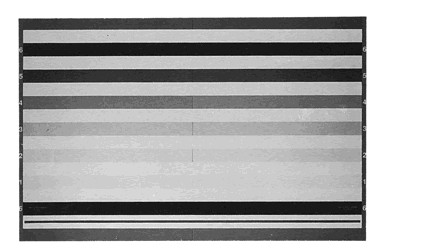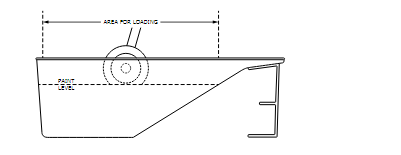ASTM D5150-17 Standard Test Method for Covering Power of Architectural Coatings Applied with Rolls
Meaning and use
5.1 The laboratory covering power of architectural coatings is usually measured using a scraper coater, which lays a film of uniform thickness. However, practical applicators, such as rollers, liners, and brushes, often apply films that lack uniformity due to incomplete leveling, resulting in the actual covering power of most coatings being less than that measured on films coated with a scraping blade. This test method simulates real-world applications and conditions in order to provide an indication of the actual covering performance that can be obtained when the paint is applied by an experienced worker. It does not intend to copy paintings as ordinary consumers do.
5.2 Since the rheological properties of the paint and its interaction with the applicator are influencing factors, it may not be possible to obtain a rank order correlation between this test and tests completed by scraping.



ASTM D5150-17 Standard Test Method for Covering Power of Architectural Coatings Applied with Rolls
Step 1: Scope
1.1 This test method measures the ability of a coating to hide or conceal a coated surface through a practical application. This test method covers the use of paint rollers, but the concept is expected to be equally effective when the application tool is a paint brush or paint pad.
1.2 Values in inches to pounds shall be considered as standard values. The values given in parentheses are mathematical transformations of SI units and are for reference only and are not considered standard.
1.3 This standard is not intended to address all safety concerns, if any, associated with its use. It is the responsibility of users of this standard to establish appropriate safety and health practices and to determine the applicability of regulatory restrictions prior to use.
1.4 This international standard is based on internationally recognized standardization principles established in the “Decision on Principles for the Development of International Standards, Guidelines and Recommendations” issued by the Committee on Technical Barriers to Trade (TBT) of the World Trade Organization.
